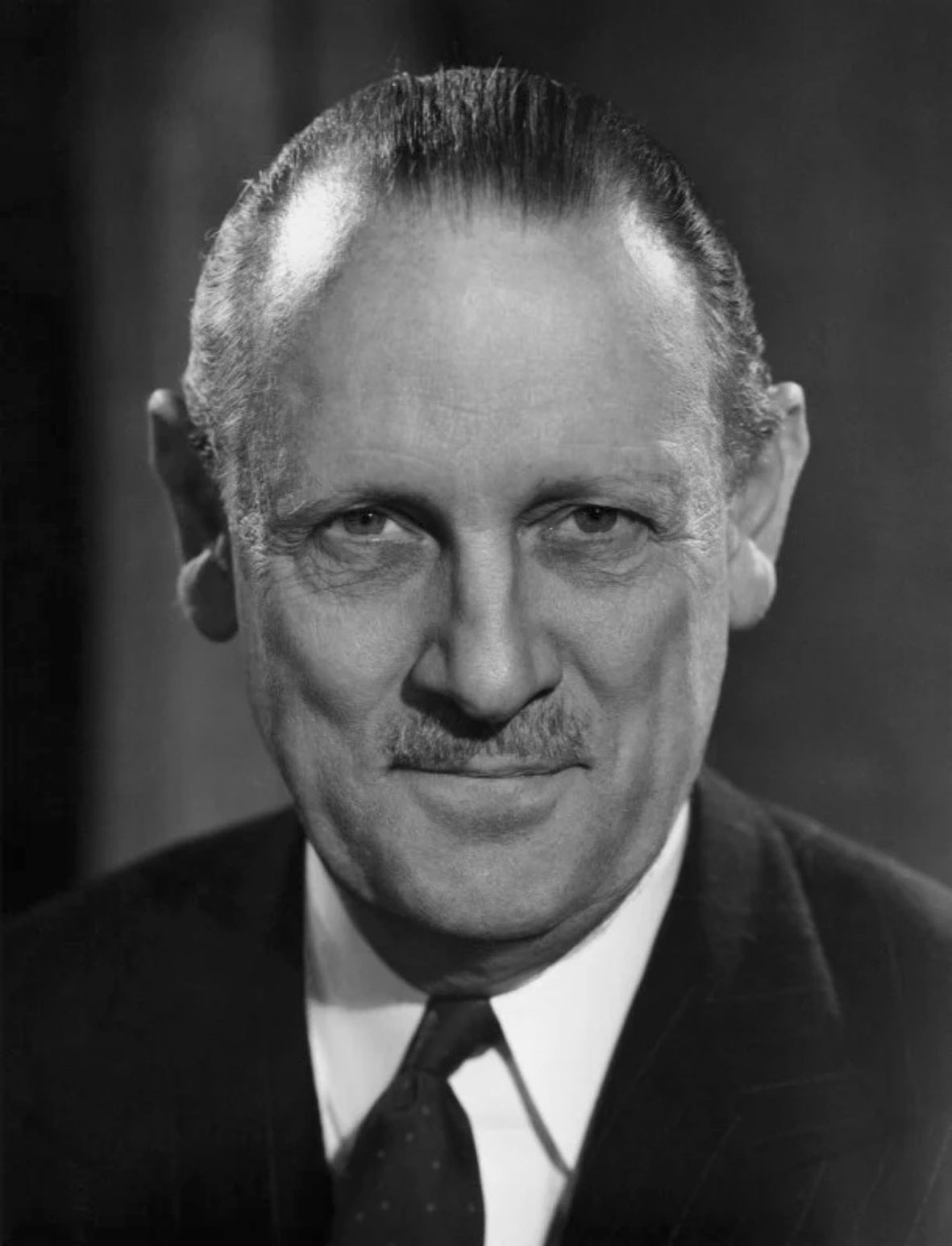Sir Ashley Clarke and Lennox Berkeley’s ‘Sonatina for Two Pianos’
Tony Scotland on the re-discovery of the score of Berkeley’s ‘Sonatina for Two Pianos’ - and Sir Ashley Clarke who comissioned it.
The autograph score of Lennox’s Sonatina for Two Pianos, Four Hands (Op. 52 no. 2) has found a new home at Repton School in Derbyshire, along with drafts, publisher’s proofs and correspondence with the Berkeleys and the publisher, Chester’s.

The work was commissioned by Sir Ashley Clarke when he was British Ambassador in Rome, and he himself was one of the pianists who gave the first performance at a concert of British music in the embassy residence, the Villa Wolkonsky, in Rome on 26 May 1959. Chester’s published the piece later that same year, and in 1963, on Lennox’s sixtieth birthday, the Irish sisters, Joan and Valerie Trimble, gave the first British performance of the Sonatina at a BBC concert in Broadcasting House, London.
Sir Ashley died in 1994, and when his widow, Frances, went into a nursing home last year, Oliver Walker, the Director of Music at Repton (Sir Ashley’s old school) was invited to help sort through the music in the Clarkes’ London house. With the Berkeley material Oliver found signed scores of works by Poulenc and Britten, all of which are now preserved, with the Berkeley, in Repton’s music archive.
Oliver Walker and his colleague Roger Owens played the Sonatina in a school concert at Repton in November last year. ‘The piece is absolutely wonderful’, Oliver said, ‘but there appear to be no recordings available, and I don't really understand why, because it is a great piece and deserves to be known.’ He and Roger are now planning to record it for YouTube.
![Lady [Virginia] Clarke, 1953 (Photograph Cecil Beaton).](/images/articles/2024-06-lady-clarke-1953.jpg)
In the words of one of his obituarists, Sir Ashley Clarke 'was as mad on music as his wife was on bulldogs – interests regarded by the Italians as amiable eccentricities in a British ambassador's household’.1 But this first wife, Virginia née Bell, hated music as much as she hated diplomatic life (and flowers and social kissing and telephone calls on Sunday), and shortly before her death in 2017 she told me that during the concert when Sir Ashley was playing Lennox’s new piece she stood outside the door till it was all over; this didn’t however, prevent her becoming a lasting friend of Lennox and Freda.
The year after the concert she and Sir Ashley divorced, and Lady Clarke married a businessman with whom she had been having an affair, whereupon she suddenly found herself ostracised by the diplomatic corps (never by the Berkeleys). That second marriage broke up two years later, and when Lady Clarke inherited the extensive property of her maternal grandparents in Co. Durham she changed her name to theirs, Surtees, and, with ample funds, she was able to devote her life to art history, collecting pre-Raphaelite paintings, writing biographies – and looking after her two adored bulldogs, Fortinbras and Bolingbroke.2
Sir Ashley himself re-married in 1962. His second wife, Frances, who had been with the Foreign Office since 1952, was then working on his staff in the Rome Embassy. The two were devoted to Italy and the preservation of its artistic heritage, and together in 1966, after the disastrous floods, they founded the British Fund which later became the Venice In Peril Fund, of which Lady Clarke became president on the death of her husband.
After the funeral of Sir Ashley Clarke, his ashes were taken back to Venice and ceremonially carried in a sandolo with sixteen oarsmen, through thick fog, along the entire length of the Grand Canal and across the lagoon to the funerary island of San Michele, where they were buried in the Protestant cemetery, the Reparto Evangelico, in company with the tombs of the composer Ermanno Wolf-Ferrari and the poet Ezra Pound.